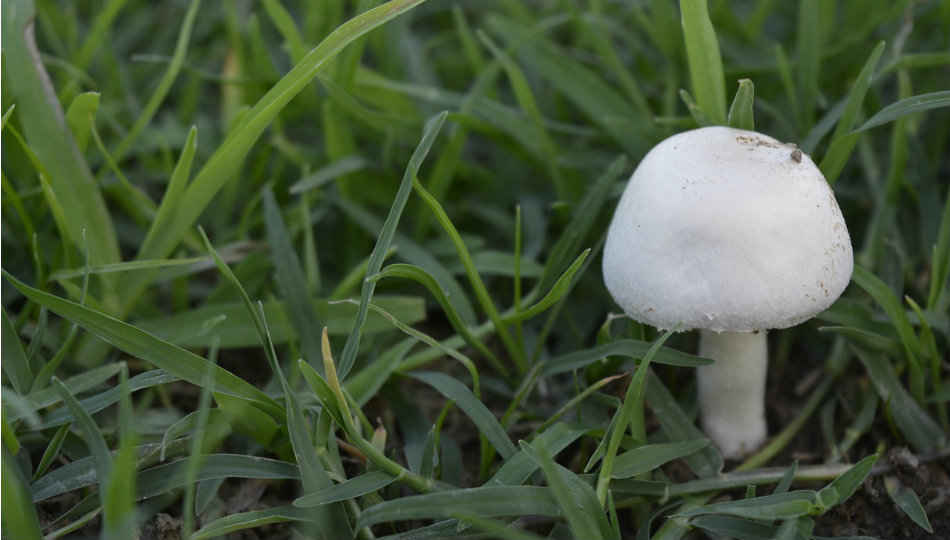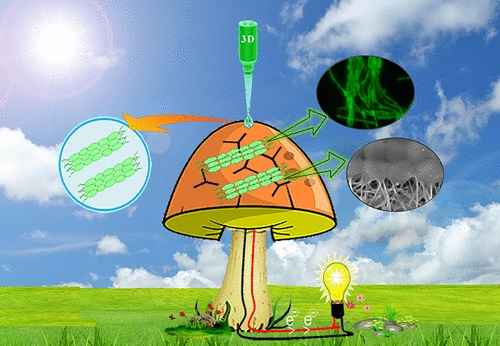Scientists create ‘bionic mushroom’ that generates electricity

Scientists at the Stevens Institute of Technology recently 3D-printed cyanobacteria clusters that produce electricity on top of a regular mushroom’s cap.
Power sockets are so yesterday. Scientists at the Stevens Institute of Technology, Hoboken, New Jersey have created a ‘bionic mushroom’ that’s capable of producing electricity. According to a recent issue of the peer-reviewed journal, Nano Letters, the scientists transformed a typical white-button mushroom into a bionic one by supercharging it with 3D-printed cyanobacteria clusters that produce electricity and graphene nanoribbon swirls that collect the current.
During their experiment, exposing the mushroom to light activated cyanobacterial photosynthesis in the bacteria and produced photocurrent, which was then captured as generated electricity. “In this case, our system—this bionic mushroom—produces electricity. By integrating cyanobacteria that can produce electricity, with nanoscale materials capable of collecting the current, we were able to better access the unique properties of both, augment them, and create an entirely new functional bionic system,” stated Manu Mannoor, an Assistant Professor of Mechanical Engineering at Stevens.
The 3D-printed cyanobacteria clusters produce electricity
According to geek.com, Mannoor, along with his colleague Sudeep Joshi, tested the mushrooms to see if they could produce the right nutrients, moisture, pH levels, and temperature for cyanobacteria to produce electricity for extended periods of time. The two scientists 3D-printed the cyanobacteria clusters on the mushroom’s cap with an ‘electronic ink’ containing graphene nanoribbons in a spiral pattern. They noticed that the amount of electricity produced vary depending on how densely the cyanobacteria are packed together.
“With this work, we can imagine enormous opportunities for next-generation bio-hybrid applications. For example, some bacteria can glow, while others sense toxins or produce fuel,” added Mannoor. “By seamlessly integrating these microbes with nanomaterials, we could potentially realize many other amazing designer bio-hybrids for the environment, defense, healthcare and many other fields.” For the moment, the mushrooms are probably enough to power an LED light but nothing more.
Inline image courtesy: Nano Letters
Digit NewsDesk
Digit News Desk writes news stories across a range of topics. Getting you news updates on the latest in the world of tech. View Full Profile






